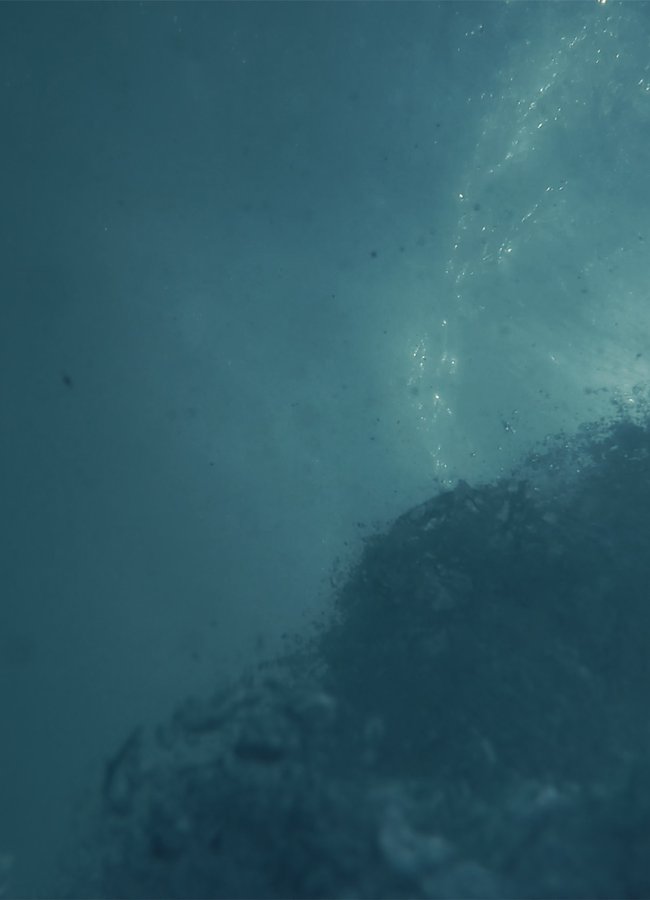Dr. Serdar Sakinan
Dr Sakinan is a researcher at the Wageningen Marine Research Institute at the Wageningen University & Research located in the Netherlands. Wageningen Marine Research provides the scientific support that is essential for developing policies and innovation in respect of the marine environment, fishery activities, aquaculture and the maritime sector. Dr Sakinan’s research focuses on the sustainable management of fisheries with a broad interest in biological and fisheries oceanography.
I am particularly interested in understanding and quantifying the abundance and distribution of fish and zooplankton using underwater acoustics techniques. I try to make use of data collected via opportunistic platforms such as commercial fishing vessels and I take part in acoustic surveys and scientific expeditions.
Project In the Spotlight
"One of the latest published studies that I was involved in was focused on the scattering layers in the Central Arctic Ocean as observed during the MOSAiC expedition. The international MOSAiC Expedition with the German icebreaker Research Vessel Polarstern in 2019–2020 provided a unique possibility to collect continuous data over 8 months along a 3170-km-long track crossing the Eurasian Basin of the Arctic Ocean.
The project was called the European Fisheries Inventory in the Central Arctic Ocean (EFICA). This was supported by the European Commission (EC) and the European Climate, Infrastructure and Environment Executive Agency (CINEA). I was part of the consortium of researchers led by Stockholm University.
This drift expedition provided clear acoustic signals without disturbance by icebreaking and allowed for assessing the distribution of fish and squid beneath the permanent pack ice. This acoustic dataset constitutes the first coherent scientific hydroacoustic survey crossing the Central Arctic Ocean.”

How was Echoview beneficial for your research/project?
"Echoview was the main tool for visual inspection of the data, creating summaries of acoustic density distribution and scrutiny. Every month 1 – 1.5 TB of raw acoustic data was generated during the expedition. Effective resampling algorithms and automation feature of the Echoview was helpful in tackling the challenge of handling such large data set and generating meaningful outputs in relatively short time of data processing. The steps were
- Initial resampling of the data per minute
- Automatic removal of background and spike noise
- Manual cleaning of unwanted regions
- Further resampling based on time or distance to generate overviews
- Export of the integrated echoes from the layers of interest
- Detection of individual targets and fish tracks
Almost a year of acoustic data recording with a 1-second ping rate generates terabytes of data, handling of which requires powerful software."
Echoview with its fast handling capability and nice visualization features was the right tool to work with such data.
A Simrad echosounder system (combination of EK60 and EK80) on the icebreaker RV Polarstern was used for data collection with center frequencies ranging from 18 kHz to 200 kHz. The transducers were hull mounted. The analysis was based on the 38 kHz data (EK60) with a vertical observation range of 800m continuously every day for one year.
Echoview wishes to thank Dr Sakinan for his contributions to our In the Spotlight series.

For further information on the MOSAiC study:
Snoeijs-Leijonmalm, P., Flores, H., Sakinan, S., Hildebrandt, N., Svenson, A., Castellani, G., ... & EFICA-MOSAiC Team. (2022). Unexpected fish and squid in the central Arctic deep scattering layer. Science Advances, 8(7), eabj7536.
To read more of Dr Sakinan’s research:
Sakinan, S., Lawson, G. L., Wiebe, P. H., Chu, D., & Copley, N. J. (2019). Accounting for seasonal and composition‐related variability in acoustic material properties in estimating copepod and krill target strength. Limnology and Oceanography: Methods, 17(11), 607-625.
Sakınan, S., & Gücü, A. C. (2017). Spatial distribution of the Black Sea copepod, Calanus euxinus, estimated using multi-frequency acoustic backscatter. ICES Journal of Marine Science, 74(3), 832-846.
Kok, A. C., Bruil, L., Berges, B., Sakinan, S., Debusschere, E., Reubens, J., ... & Slabbekoorn, H. (2021). An echosounder view on the potential effects of impulsive noise pollution on pelagic fish around windfarms in the North Sea. Environmental Pollution, 290, 118063.
Schaber, M., Gastauer, S., Cisewski, B., Hielscher, N., Janke, M., Peña, M., Sakinan S.,... (2022). Extensive oceanic mesopelagic habitat use of a migratory continental shark species. Scientific Reports, 12(1), 1-14.

